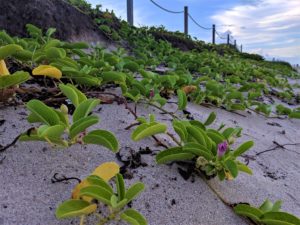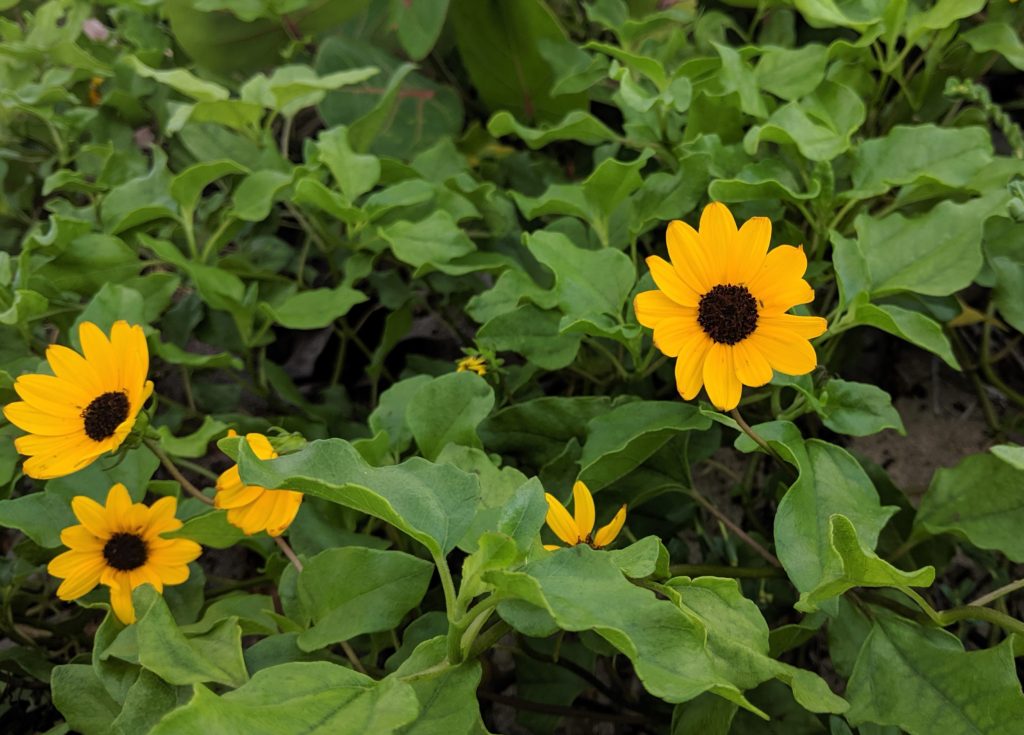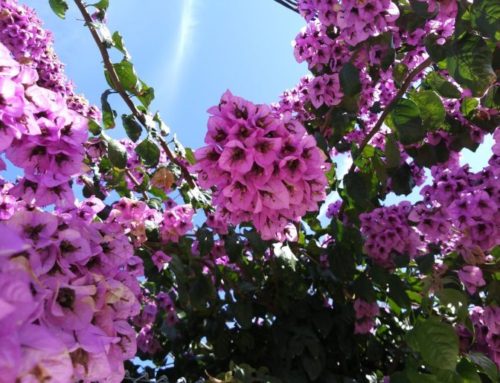Miami Beach silent heroes: coastal dunes
Miami coast is local for real!
Boys and girls, welcome to Miami Beach! Blue ocean, blue skies, yellow sun, and bright colored sand.
Could it get any better? Kinda… It could be more protected from all sorts of erosions. Miami shore coastal dunes can be populated with native plants only. Like for all other cities in the world, it takes more understanding, love, and a whole lot of educating.
Protect your seacoast: Act locally, think globally
These beautiful beaches could be less impacted by climate change for sure. Have less seaweed (sargassum) on the shore, fewer buildings unprotected from the oceans’ high tides, sand, floodings, and hurricanes. Turtles that nest here from spring to fall could be less disturbed by human and climate factors…
But, putting aside global issues that impact every corner of our Blue Planet, this case shows how “Act locally, think globally” can actually show some results in restoring ecosystems. Therefore, a story about this piece of tourist heaven is all about its green silent heroes, which preserve it and even enhance it.
Setting a good example: North Miami Beach
Personally, I was fortunate enough to spend some time in one part of South Florida seacoast – North Miami Beach. A relaxed neighborhood where people say hello to each other in the street. A clean, lively area populated by neighbors who actually take care of it.
They connect via community apps, clean their beaches, help out small businesses, finding lost pets, checking the water quality, the health of tortoises on their beaches… In a word – keeping it local for real!
These locals inspired me to observe closer who guards beaches while we sleep. The answer is – plants. But not just any plants. Those that inhabit coastal sand dunes stretching all the way from south to north of this gorgeous piece of Atlantic shore.
Tough nuts to crack, those coastal dunes plants
Coastal dunes in the Miami area are maintained by the City of Miami Beach, and joint effort of community members like volunteers, Fairchild Tropical Botanic Gardens and the Surfrider Foundation. It takes a lot of time, devotion and monitoring, so invasive species would be excluded, and only native (local ones) present.
That means that the flora planted here is salt, wind, heat, and drought-resistant. That way it can peacefully do its job: prevent erosion and shelter local fauna. This specific mix of vegetation ties down sand by their roots and stems absorbs wave energy and prevents winds to erode seacoast. Like everything else in nature, when being in your own happy place, you can quietly fulfill your role.
Besides these human-related tasks, these green guys create a home for local birds, lizards, insects, spiders, sea turtles even. They are the keepers of local biodiversity, a funny word that’s being mentioned more often every day and that we should all be aware of.
Which plants make coastal dunes in South Florida?
In order to restore (or build a new) natural ecosystem in such harsh surroundings, one would need real troopers. Probably the most prominent plants, in this case, would be:
1. Railroad Vine – Ipomoea pes-caprae
This vine belongs to a Convolvulaceae family, and it is in general good for beach restoration and stabilization. If you live in a coastal area, hardiness zones 8 to 11, and soil in your yard is nutrient-poor, then this perennial is a perfect ground cover for you. Not just that it flowers in lavender shade, but attracts beach butterflies too.
2. Beach Sunflower – Helianthus debilis
Like every other sunflower, this perennial proudly shines out of every flower bed with its yellow petals. But, unlike its cousins, it is a ground cover. A bushy one too.
3. Blanket flower – Gaillardia pulchella
Sunflowers distant cousin belongs to the same family (Asteraceae), shares their love towards sunny spots, dry areas, tolerates saline air and poor soils. Being a wildflower, it brings in a nice change in a usually predictable texture of ground covers and typical xerophytes. Not more than two feet tall, growing in clumps, Gaillardia is a pinky-red-yellow break from all the greenery of coastal dunes…
4. Sea Oats – Uniola paniculata
This tall grass besides being a reputed beauty, is also a golden standard when it comes to dune restoration. It will grow through soil by spreading its underground stems almost mycelium-like. Such way of binding loose sand is making Sea Oat an excellent pioneer plant. Not to mention lessening the erosion and hurricane impact all the way from Floridian to Virginian and Texan coast (it’s native range). Being part of Poaceae family, it will show off with its slim delicate leaves, panicles and height. These features make it a perfect landscaping tool as well. Just keep that in mind, Floridians.
5. Seagrape – Coccoloba uvifera
Large leathery leaves make this tree/shrub one of few serious shade providers in central-, southern Florida and West Indies (natural habitats). It actualy bears eddible fruit it was named after, and if you plant it in coastal dunes it will provide wild life with food and shelter, not only prevent sand erosions. Native americans and old school house wives will readily make jams once the grapes become ripe. It is also one of those local, low maintenance, extremely salt- and lack of soil nutrient tolerant guys. If you opt to grow seagrape, please irrigate the plant first year. Thankfully it will grow fast, look bountiful and provide you with proper dark green shade effect.




